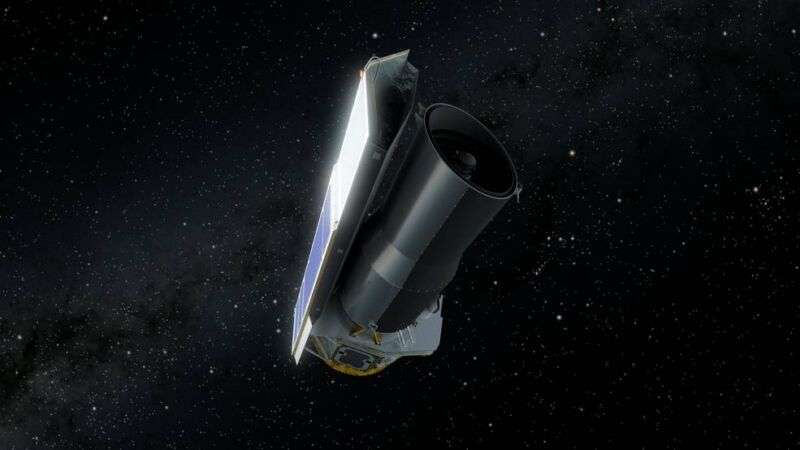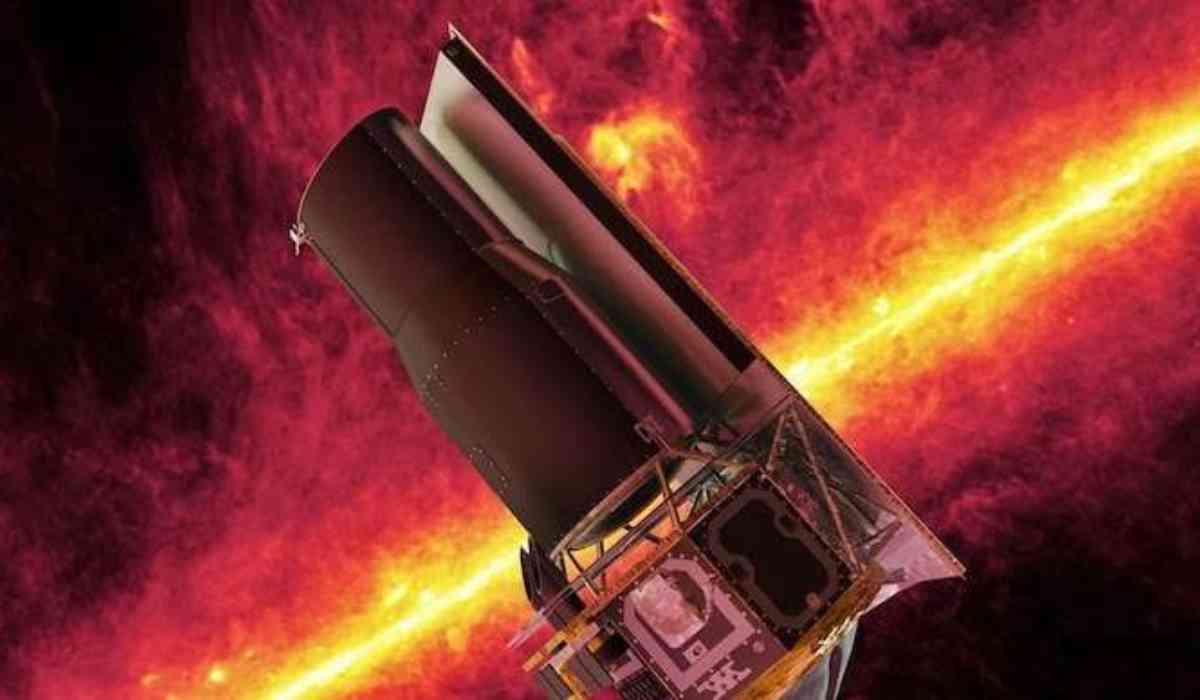The Spitzer Space Telescope, a key component of NASA's Great Observatories Program, was launched into space twenty years ago and operated successfully for a remarkable seventeen years. Following a three-year retirement, the United States Space Force has embarked on a mission to salvage and resurrect this remarkable observatory. Rhea Space Activity (RSA), a prominent aerospace company, has been entrusted with the task of developing the Spitzer Resurrector Mission. To facilitate this endeavour, RSA has received a generous $250,000 grant from Spacewerx, the US Space Force's innovation division, to formulate a comprehensive plan that integrates cutting-edge "In-space Service Assembly and Manufacturing (ISAM)" techniques. The primary objective of the Spitzer Space Telescope was to detect and analyze infrared radiation, thereby enabling scientists to explore cosmic regions that remain concealed from optical telescopes. Its groundbreaking observations provided invaluable insights into a wide array of celestial phenomena, including dusty stellar nurseries, galactic cores, and the formation of planetary systems. Originally scheduled for a 2.5-year mission, the spacecraft surpassed expectations by entering a prolonged cold phase that lasted over 5.5 years. It subsequently transitioned to the warm mission phase in 2009 after depleting its coolant reserves. Referred to as the "Spitzer Beyond" mission, this extended phase continued until 2020 when the telescope was officially retired from service.

Image Source: Twitter
Reviving the Spitzer Space Telescope poses a significant challenge due to its considerable distance from Earth. The observatory currently orbits the Sun at a distance of approximately two astronomical units (AU), equivalent to over 14 crore kilometres, in an Earth-trailing trajectory. The Spitzer Resurrector Mission aims not only to reactivate the telescope but also to ensure its functionality is fully restored to its original capabilities. Moreover, the resurrected Spitzer will remain close to Earth, serving as a high-rate data relay to optimize its operational efficiency. The Spitzer Resurrector Mission will employ a state-of-the-art telerobotic servicing spacecraft, tasked with embarking on an arduous journey spanning over 186 million miles to reach the Spitzer Space Telescope and initiate its reactivation. The mission's utilization of ISAM techniques adds an unprecedented level of complexity, rendering it the most intricate and technologically advanced robotic undertaking in human history, according to RSA's CEO, and astrophysicist Shawn Usman.

Image Source: Twitter
The Spitzer Space Telescope holds a prominent place among the highly successful projects of NASA's Great Observatories Program, alongside the renowned Hubble Space Telescope. Its groundbreaking contributions include the discovery of exoplanets beyond our solar system, unveiling the vastness and diversity of the cosmos. Notably, the telescope recently facilitated the identification of an Earth-sized planet characterized by volcanic activity, further expanding our understanding of celestial bodies.
© Copyright 2023. All Rights Reserved Powered by Vygr Media.
























